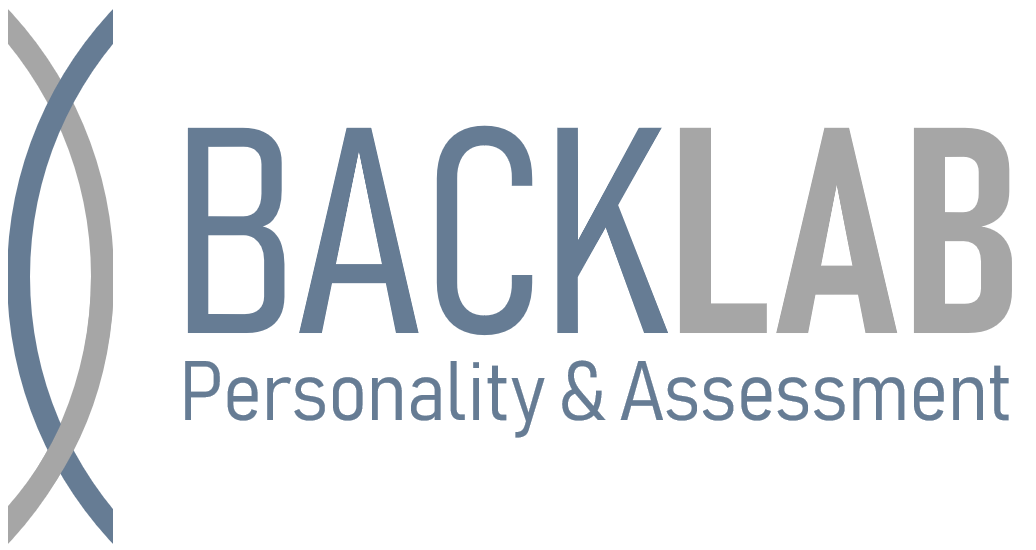Mitja Back (University of Münster): Introduction to the trait-based-approachand the lens-model
The trait-based approach to accuracy is concerned with how well judges can judge targets’ trait-standings relative to other targets. Do we know who is trustworthy and who exploitative, who is extraverted and who is introverted, who is neurotic and who is emotionally stable?
While there is increasing knowledge about the amount of trait-based accuracy in personality judgements across a variety of contexts, much less is known about the underlying processes. How do people achieve more or less accuracy? Why do they differ in how accurate they can judge and can be judged? What are the processes that determine in which situation and for which traits (in)accurate judgments emerge?
In my talk I will present Brunswik's lens model as a general framework to understand the behavioral expression and judgments processes underlying more or less accurate judgments. Among the strengths of the lens model are that it (a) incorporates the actually observable appearances and behaviors ("cues") underlying more or less accurate judgments, (b) empirically derives straightforward process indicators (e.g. the predictability of a trait in a given context; the sensitivity and consistency of a judge), which are (c) derived for each individual judge.
Empirical research on the accuracy of personality judgments is then briefly summarized from the perspective of the lens model. Specificallly, I will show how the lens model helps to explain the amount of accuracy for different traits ("good trait"), in different contexts ("good information"), and for different judges ("good judge") and targets ("good target"). Finally, I highlight the utility of lens model analyses in applied contexts such therapist-client interactions and clinical diagnoses, application interviews and personnel selection, instruction processes and student evaluations. Fine-grained process insights based on lens model analyses might help both to better understand the (in)accuracy of professional judgments and to develop more effective interventions.Jeremy Biesanz (University of British Columbia): Introduction to the profile-based-approach and the SAM-model
The social accuracy model of interpersonal perception (SAM) is a componential model that estimates levels of accurate interpersonal perception for perceiver, target, and dyadic effects of different components of accuracy across traits simultaneously. For instance Jane may be generally accurate in her perceptions of others and thus high in perceptive accuracy – the extent to which a particular perceiver’s impressions are more or less accurate than other perceivers on average across different targets. Just as well, Jake may be accurately perceived by others and thus high in expressive accuracy – the extent to which a particular target is accurately perceived on average across different perceivers. SAM represents an integration of Cronbach’s componential approach with Kenny’s social relations model and represents a multilevel crossed-random effects model and is amenable to unbalanced designs as well as balanced half-block designs and the classic round-robin structure. Several recent findings using SAM are reviewed including insight into the good judge of personality as well as the good target with an emphasis on interpreting the results from the social accuracy model and the types of questions that are uniquely suited to the social accuracy model.
Andreas Glöckner (University of Hagen & Max Planck Institute for Collective Goods, Bonn): Accuracy in Judgments: A Judgment/Decision-making perspective
Research in the field of Judgment and Decision Making (J/DM) has a long tradition in investigating humans’ ability to make accurate judgments. Thereby behavior is usually contrasted with a normative / rational model and systematic deviations from rationality – so called biases - have been demonstrated. Various classes of descriptive models have been developed to account for these biases, some of which follow up on concepts of the Brunswikian’ Lens Model and the concept of vicarious functioning. Others were inspired by Gestalt psychology and connectionist approaches. I will first summarize the normative as well as the major descriptive models and outline historical developments. Evidence from recent studies that test descriptive models against each other will be presented. Finally, results concerning observed accuracy as well as simulated maximal accuracy predicted by these models will be discussed.
Daniel Leising (University of Technology Dresden): Accuracy – What is it? How does it come about? And why is it important?
In my presentation, I will broadly introduce the topic of „judgmental accuracy“, and thus lay the groundwork for Back’s and Biesanz’s more methodological contributions. I will first address a few important conceptual issues: What is accuracy and how can it be measured? Are there different types of accuracy? Then I will introduce a number of factors that are commonly assumed to influence judgmental accuracy – in some cases their influence has already been firmly established, whereas in other cases conclusive empirical evidence is yet lacking. I will particularly emphasize the role of “evaluation” in person judgments, that is, the extent to which a judgment makes the target person appear “good” or “bad”. Most person judgments confound substance (i.e., what is actually there) and evaluation (i.e., how it is seen or presented). Depending on the circumstances, this may result in an inflation or attenuation of accuracy estimates. Finally, I will give some examples of how accuracy research may be relevant outside the lab (e.g., in applied clinical and I/O psychology).

